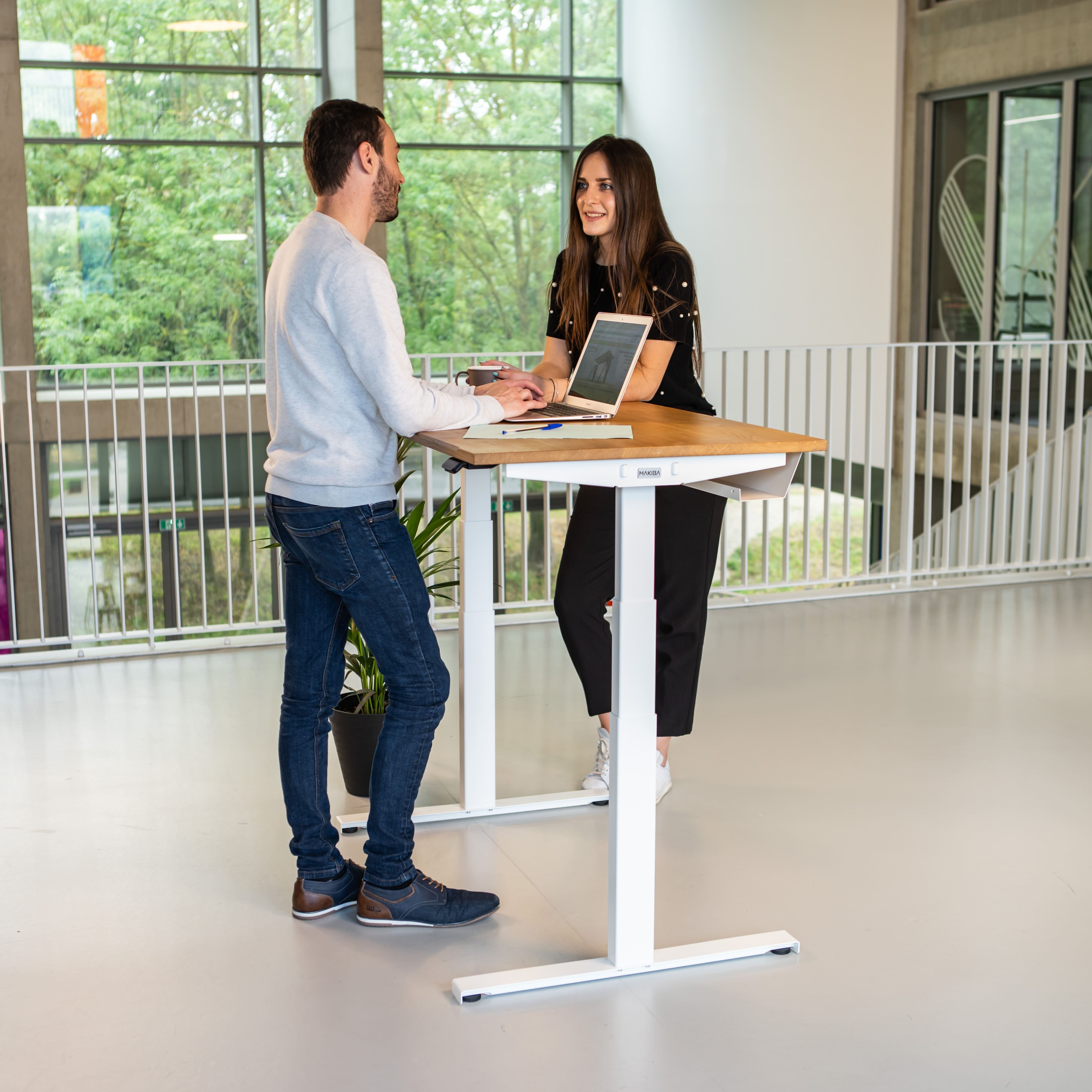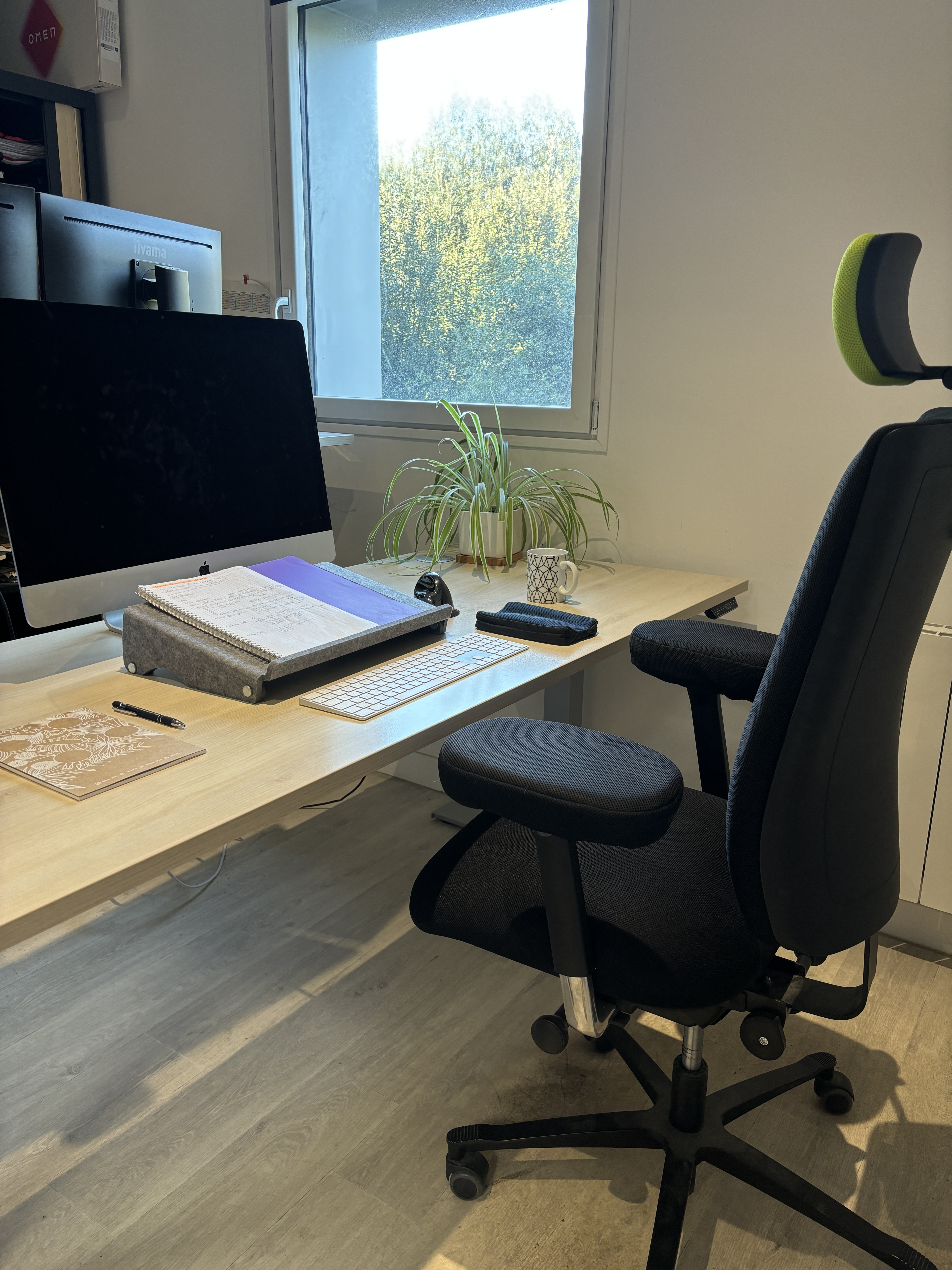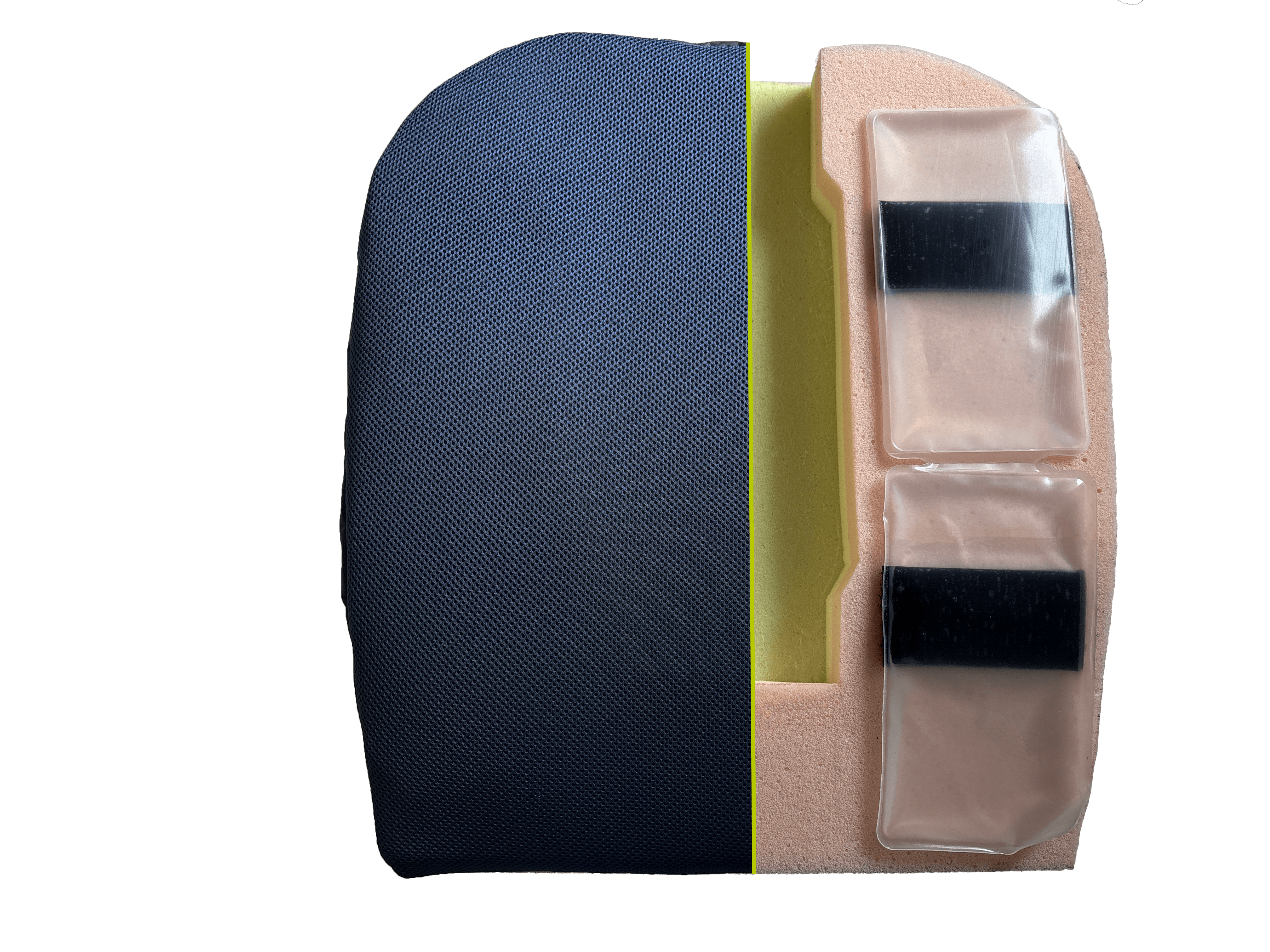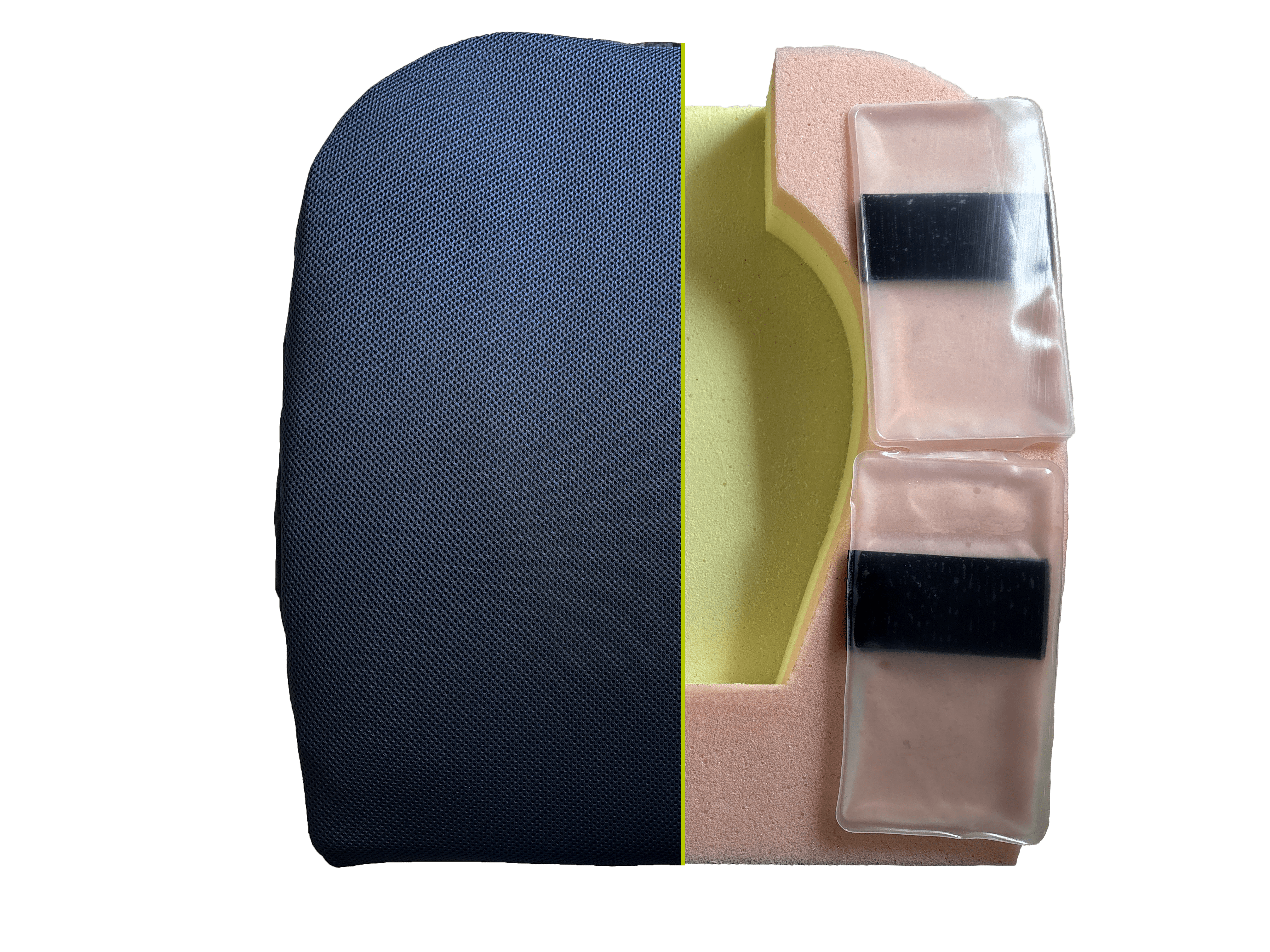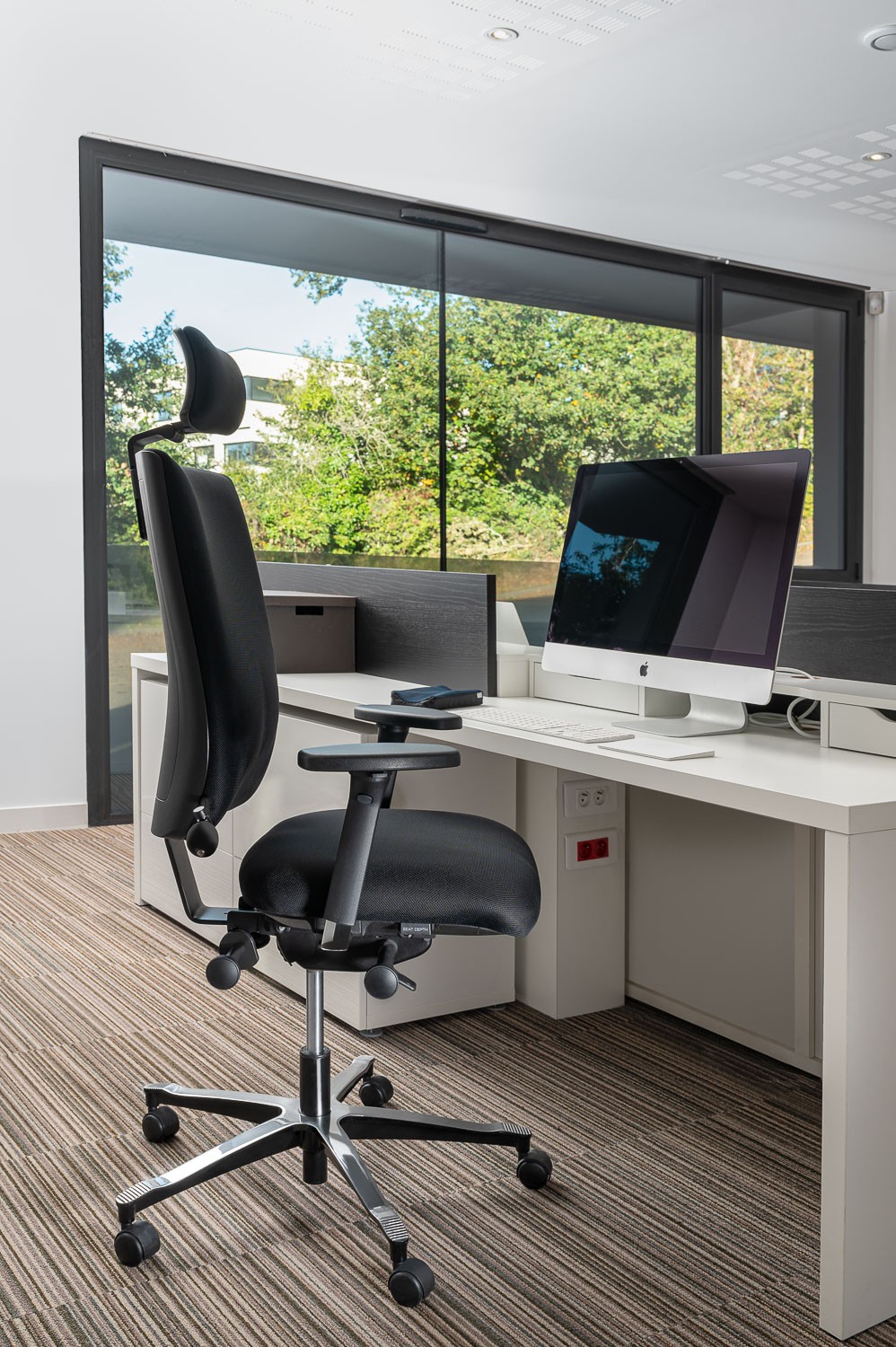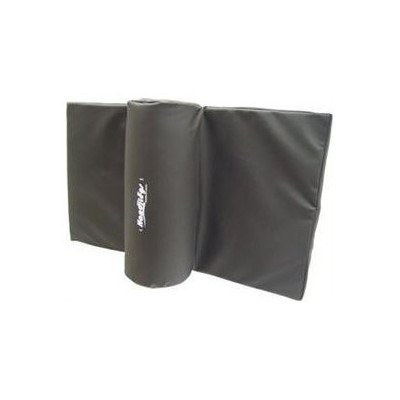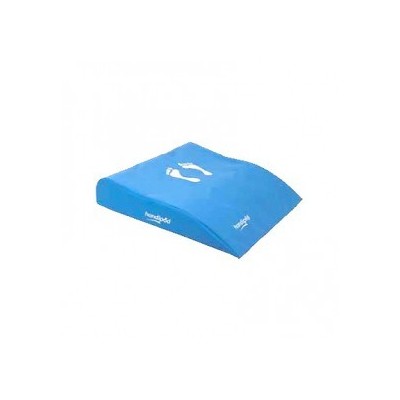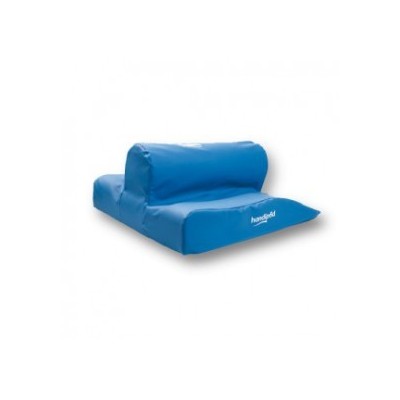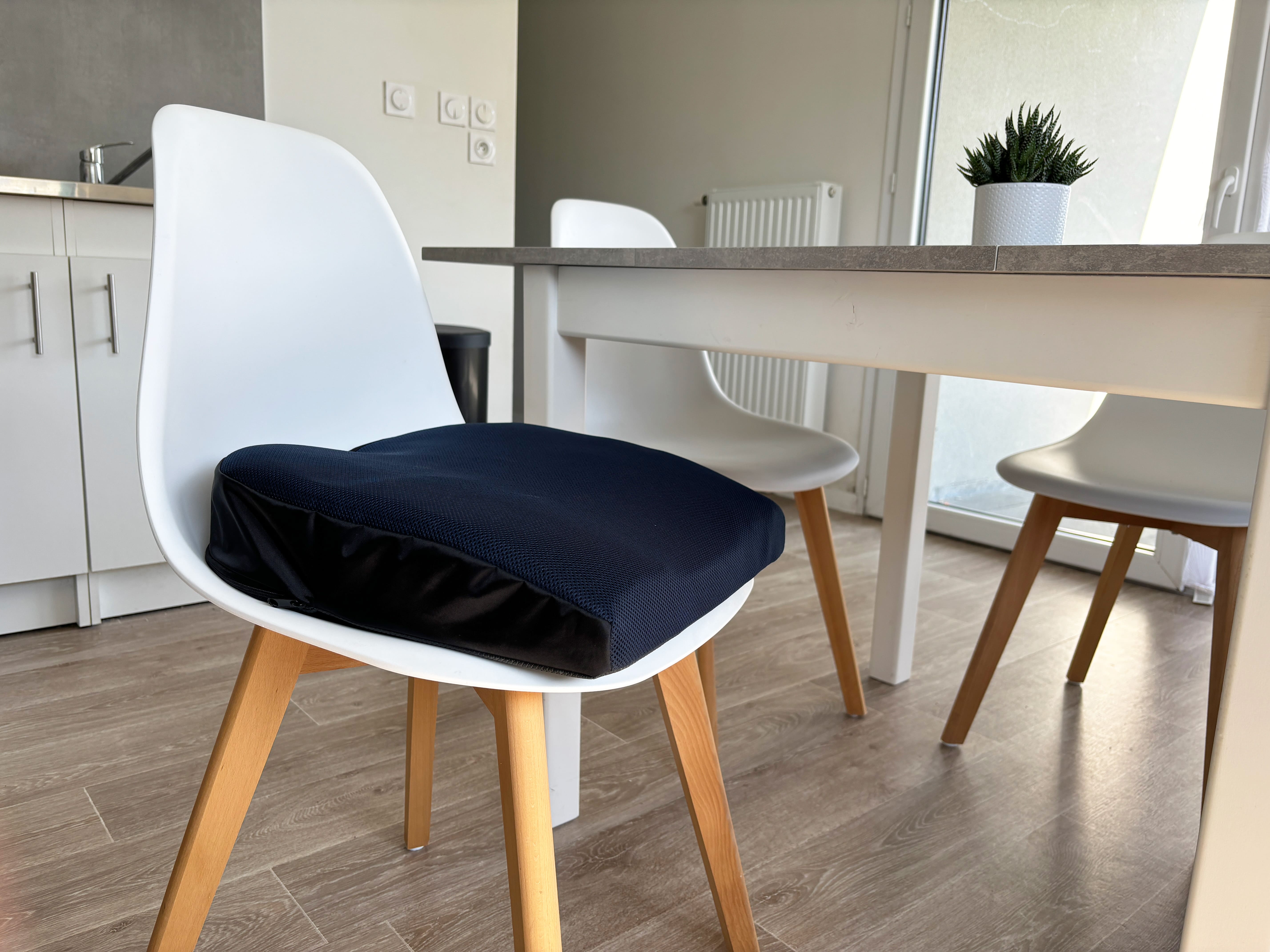
Ischium: What It Is and How to Relieve the Pain
What is the ischium?
Definition of the ischium
The term ischium refers to part of the coxal bone or iliac bone (the hip bone).
The iliac bone is composed of 3 elements:
- • The ilium: the upper part of the iliac bone which protrudes at the hip
- • The pubis: the lower and anterior part of the iliac bone
- • The ischium: the lower and posterior part of the iliac bone
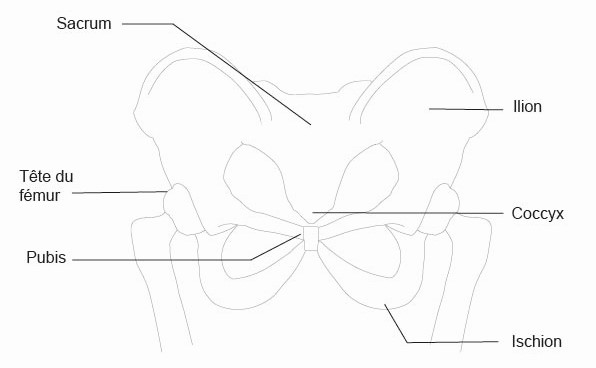
What is the ischium used for?
The ischia support body weight in a seated position. The ischium also serves as an attachment point for various muscles, such as the hamstrings that form the back of the thigh.
As each body is unique, the size and spacing between the ischia can vary slightly from person to person.
Why does my ischium hurt?
In addition to the pressure exerted in a seated position, various causes can be responsible for ischial pain, here are a few examples.
Ischial pain: cluneal neuralgia
Cluneal neuralgia (or clunealgia) refers to irritation of the cluneal nerve which runs through the pelvis. The cluneal nerve is in fact a branch of the posterior cutaneous nerve of the thigh, and begins its course in the buttock, under the ischium, then reaches the lateral-anal region and the labia majora/scrotum. However, the cluneal nerve does not play a role in the innervation of the genitals.
Since it runs under the ischium, the cluneal nerve can be compressed by it when sitting.
Fracture of the ischium
Ischial pain may also be the result of an ischium fracture, for example after a fall. In the case of the ischium, two types of fractures can occur: fracture of the acetabulum (the cavity where the head of the femur sits) and fracture of the ischial branch.
In case of fracture, the person suffers from hip pain, an unsteady gait and abnormal pelvic movement.
Bone disease causing ischial pain
Bone diseases such as osteoporosis can also cause ischial pain.
Osteoporosis is a natural aging process and corresponds to a loss of bone density; it is more common in people over 60, especially women. Bones are more fragile, more porous and more likely to fracture from a fall that would normally be harmless.
Ischial pain while cycling
Cycling can also cause ischial pain due to friction of the ischia on the saddle if the width of the latter is not suitable. As we mentioned above, not everyone has the same spacing between the ischia, hence the importance of choosing a suitable and well-adjusted saddle!
How to relieve ischial pain?
A seat cushion for cluneal neuralgia
In case of compression of the cluneal nerve by the ischium, an appropriate seat cushion helps relieve the painful area and limit this compression.
Our Cluneal Seat Cushion is made of High Resilience foam and shaped like a toilet bowl, a position where people with clunealgia often feel relief. In this position the support area is on the outside, the center (where the ischia and cluneal nerves are located) is completely hollowed out to reduce this nerve compression by the ischium.
The High Viscosity fluid pockets on each side of the cushion can be detached and repositioned using Velcro strips to manage pressure zones. The fluid is our unique technology: non-thermoreactive, it offers constant viscosity in all environments to distribute pressure while sitting. These pockets can also be refrigerated to cool and relieve pain through cold, without altering the viscosity of the fluid.
Finally, the cushion is thicker at the back than at the front to raise the pelvis relative to the knees and open the pelvic angle. This helps avoid forward abdominal compression and disc pinching that can compress nerves and cause pain.
Ischial pain: daily habits to adopt
In case of ischial pain while sitting, it is important to vary your posture and avoid sitting for long periods: whether during car trips or while working seated, we recommend taking a break at least every two hours to stand up and do a few stretches.

